|
Introduction of setting example according to usage by each device
Digital Signal Processor
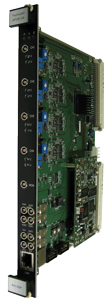 |
|
| Gamma-ray APV (U) 8002 APV (U) 8004 APV (U) 8008 APV (U) 8016 |
X-ray APV (U) 8002X APV (U) 8004X |
[For X-ray measurement]
Compatible models: APU (V)8002X, APU (V)8004X, APU (V)8008X, APU (V)8016X, APU (N)502X, APU (N)504X, APU (N)101XDevice configuration example 1
7-element SDD with two APN504X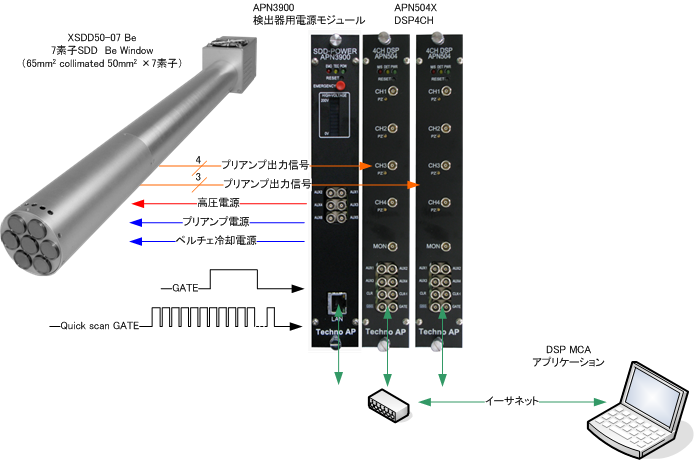
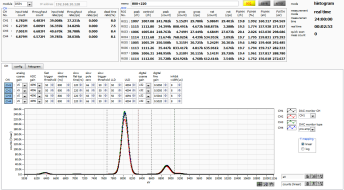 Energy resolution pursuit type (slow rise time 800 ns) Experimental environment: Cu-Kƒ¿ spectrum at synchrotron radiation facility, 34 kcps and more |
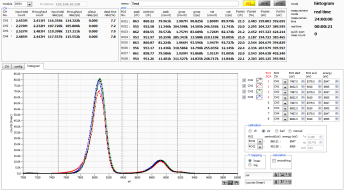 High count rate pursuit type (slow rise time 50 ns) Experimental environment: Cu-Kƒ¿ spectrum at synchrotron radiation facility, 100 kcps and more |
| IMPORTANT 1. When using our SDD "slow flattop time" is set to "100" ns. However, for cube type SDD, setting "slow flattop time" from "220" to "300" ns improves energy resolution. 2. To pursue the count rate, set "slow rise time" to short "50" |
| Top |
Device configuration example 2
Configuration example of Germanium semiconductor array detector and five APV8004X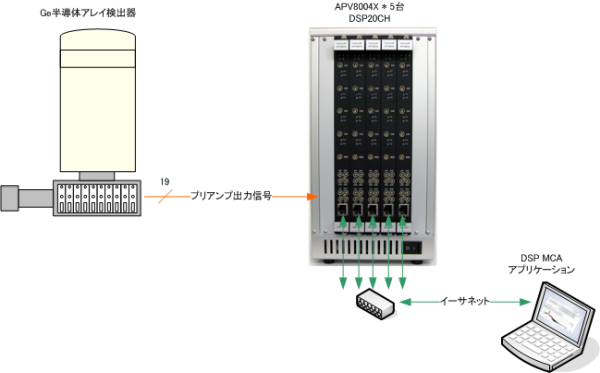
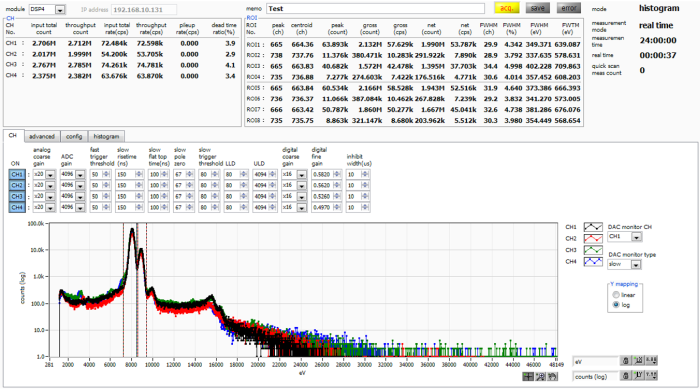 |
Configuration example of Germanium semiconductor array detector and APV8004X
| IMPORTANT 1. "Analog coarse gain" is set to "x20" to a larger extent. Adjust so that it does not exceed + 1V by looking at "preamp" from "MONI" terminal. 2. For high counting measurement, set "slow rise time" to "150" and "slow flattop time" to "100". |
| Top |
[For Gamma-ray measurement]
Compatible models: APU (V)8002, APU (V)8004, APU (V)8008, APU (V)8016, APU (N)502, APU (N)504, APU (N)101Configuration example of germanium semiconductor detector and APU8004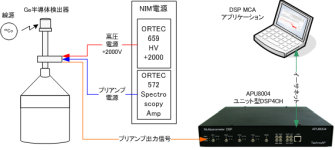 |
Configuration example of germanium semiconductor detector and APU 101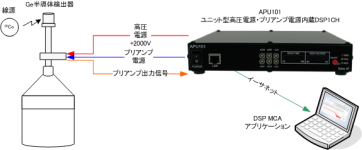 |
Pursuing energy resolution
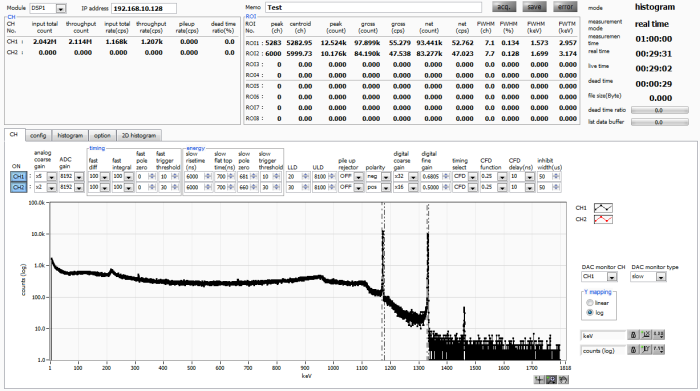 |
| POINT 1. Confirm that the gain of the preamplifier output signal captured inside the DSP is appropriate. Connect the "MONI" output terminal to the oscilloscope with a cable, set the DAC type of the attached application to "preamp", and adjust the signal so that the influence of noise is minimized within the upper limit 1 V range. Also adjust the pole zero appropriately. 2. View "preamp" from the "MONI" terminal with an oscilloscope and set it so as NOT to exceed + 1V. In this case, adjust the "analog coarse gain" and the volume of the front panel "F. G" and set the peak value of the Co-60 1.33 MeV "preamp" output to be around 700 mV. 3. Set "analog trigger threshold" appropriately. Start the measurement and find the boundary with the noise level while looking at the value of "input total rate". In the case of the noise level, the value becomes extremely large. When setting value is gradually raised, noise will not be applied. Set it to a value slightly more than the noise level setting. 4. Set "slow trigger threshold" appropriately. Start measurement and confirm that "input total rate" is not extremely high count due to noise influence. Next, see the value of "throughput rate" and find the boundary with the noise level. In the case of the noise level, the value becomes extremely large. When setting value is gradually raised, noise will not be applied. Set it to a value slightly more than the noise level setting. 5. Set "slow rise time" to "6000" ns. This is the same setting as the shaping time 3 ƒÊs with a spectroscopic amplifier. 6. Set "slow flattop time" to "700". Depending on the detection used, trying to set the value even shorter starts to be affected by ballistic defect, causing the spectrum to bulge or crack. 7. If there are variations in the rise of preamplifier output waveforms such as germanium semiconductor detectors, set the value of "slow flattop time" to a value twice the rise time assumed to be the slowest. 8. Confirm that the waveform shaping (filtering) signal inside the DSP is appropriate. Connect the "MONI" output terminal to the oscilloscope with a cable, set the DAC type of the attached application to "slow", and that signal is appropriately poled and zero adjusted within the range of 1 V upper limit. |
Pursuing high count rate
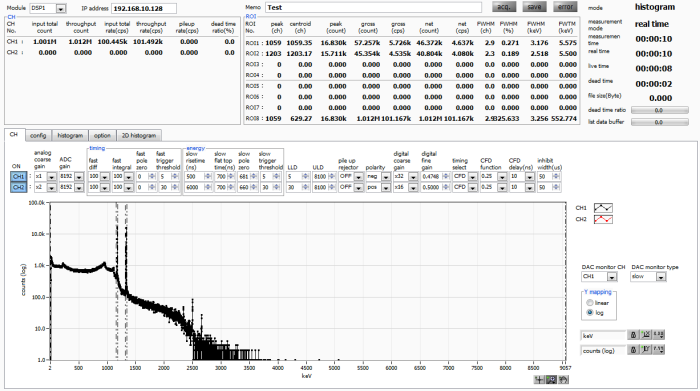 |
| POINT 1. Basically, the following points are changed with the setting of "Pursuing energy resolution" described above. 2. Set the value of "analog coarse gain" and the front panel "F. G" volume to a lower value. 3. "slow rise time" shall be "500" ns. This setting is equivalent to the shaping time of 0.25 ƒÊs with the spectroscopic amplifier. 4. "slow flattop time" remains "700". 5. Set "fast trigger threshold", "slow trigger threshold", "LLD" as low as possible while avoiding noise. |
| Top |
Copyright (C) TechnoAP All Right Reserved.
Last Update: 5, July, 2018.
Last Update: 5, July, 2018.